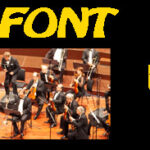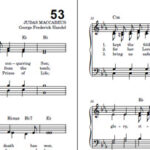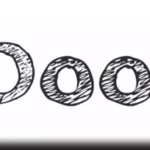Site Summary
There is a good deal scattered across this website, and some of it may be confusing. So here is a summary of what is on offer and how to use this site.
Focus on MIDI Music
There are a number of forms in which computer generated music can be delivered:
- recordings (audio mp3, m4a, wma or video mp4, mov, avi, mpg, wmv, and more)
- Band in a Box and other proprietary solutions
- MIDI files (which are like sheet music in a file)
The original and primary focus of this site is on MIDI files. In order to make use of MIDI files to make music, you need …
- suppliers of MIDI files
- to acquire MIDI files of the songs you want to play
- a MIDI player (software on your computer, or other equipment that can play MIDI files)
Suppliers of MIDI Files
Click here for articles on this, or hover over Learning on the top menu or select MIDI File Sources from the sidebar on most pages. This is where you will primarily find our suggestions for numerous legal, quality MIDI files.
Acquiring MIDI files
Don’t confuse the MIDI Player with the MIDI files. If you download and use our MIDI Player (called MyMIDI Player), it will provide you with the means to play MIDI files. MyMIDI Player will also install about 250 MIDI files of public domain hymns, but you will have to source MIDI files for other songs elsewhere. We supply many on this site, but here or elsewhere you need to find copyright compliant suppliers of MIDI files to acquire the MIDI files you need.
MyMIDI
Our #1 recommended MIDI file supplier is worship-downloads.com. We wrote a tool called MyMIDI which resides on their website, allowing you to customise their MIDI files to suit your purposes. This is a world first, and a big step in making computer generated music more useful in churches.
MIDI Player
Most churches do not have specialised equipment for playing MIDI files, and therefore rely on a computer or mobile device to play MIDI files.
You can do this using any MIDI player. Examples are Van Basco Karaoke Player (no longer supported, but very good), MIDISynth, and a number of others.
We wrote MyMIDI Player (Windows only) specifically so we could flash a light with the beat of the music to help singers and musicians. But once we got going we didn’t stop until we had every feature we wanted in a player. MyMIDI Player is discussed in its in these articles.
MyMIDI Player (and some other MIDI Players) use Sound Fonts to generate the instrumental sounds. Sound fonts come in all qualities and sizes. While we install a default General MIDI soundfont, you can use others if you wish. There are some pro standard soundfonts available on this website, if you want to step up the MIDI sound quality.
As I edit this article in October 2023, a new version of MyMIDI Player is being developed that will improve the quality even further. A release time is not yet known.




